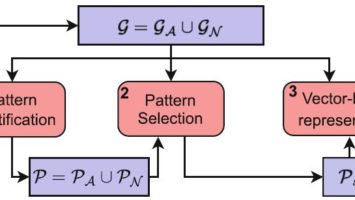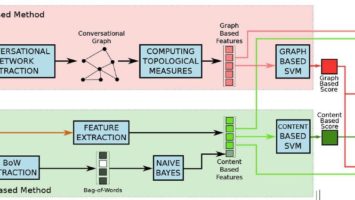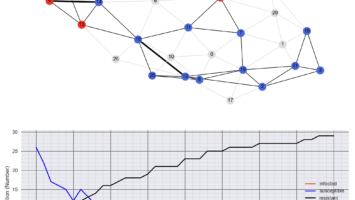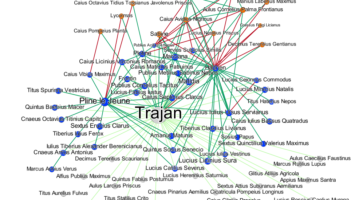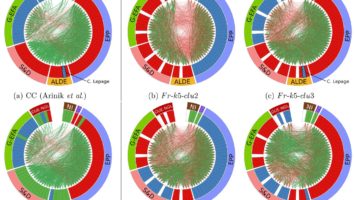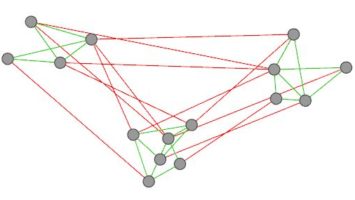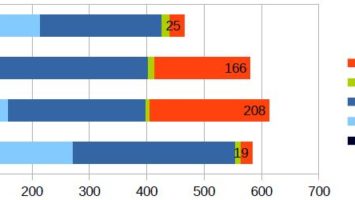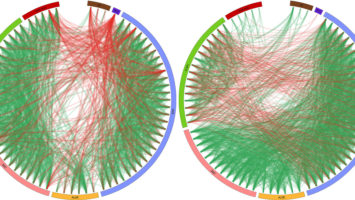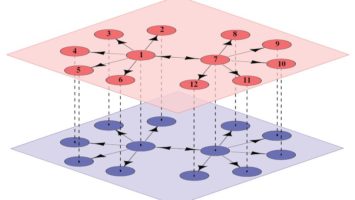These were designed for three purposes: Generate a variety of plots and statistics based on some raw data describing the voting activity of a population. Extract so-called vote networks from these data. Perform various analyses on these networks, in particular: estimate good partitions of the network, according to different measures. Our tool was applied to data representing the activity of the members of the European Parliament (MEPs) during the 7th term (from June 2009 to June 2014), as described in [MFL’15a, MFL’15b]. The raw data describing this activity were first retrieved from the VoteWatch website. However, these data were incomplete, so we later switched to another source: the It’s Your Parliament website. There were also some minor issues with these data, which we had to correct: some MEPs were represented twice, some profiles were incomplete, the policy domains were not defined for all vote texts, etc. These cleaned data are available on Zenodo here and there. URL: https://github.com/CompNet/NetVotes Production date: 2014–2018 Related publications: Nejat Arınık, Rosa Figueiredo et Vincent Labatut. « Signed Graph Analysis for theInterpretation of Voting Behavior ». In : International Conference on Knowledge Technologiesand Data-driven Business (i-KNOW) – International Workshop on Social NetworkAnalysis and Digital Humanities (SnanDig). T. 2025. CEUR Workshop Proceedings.Graz, Plus d'infos

